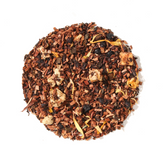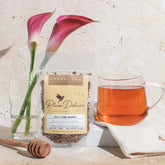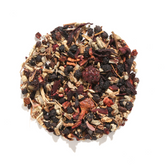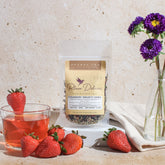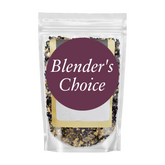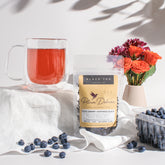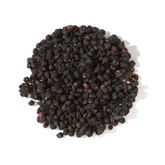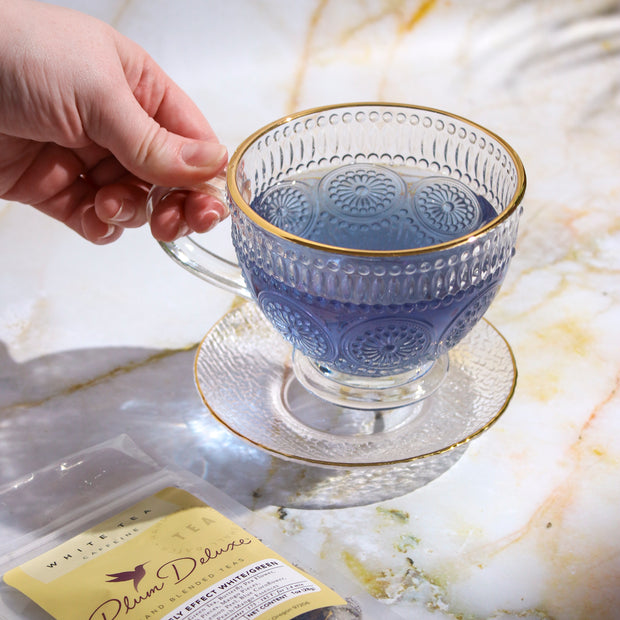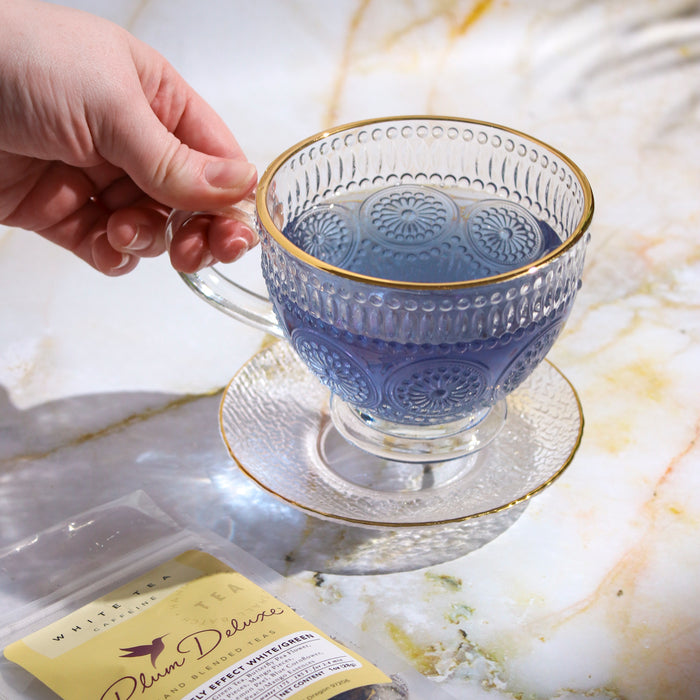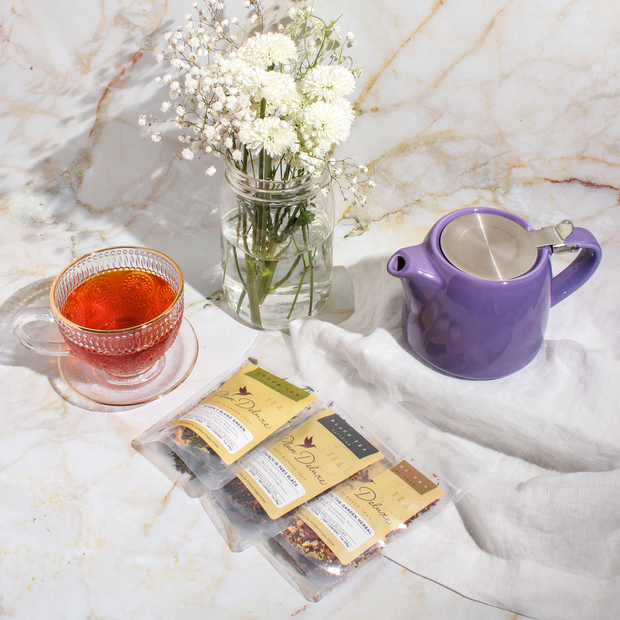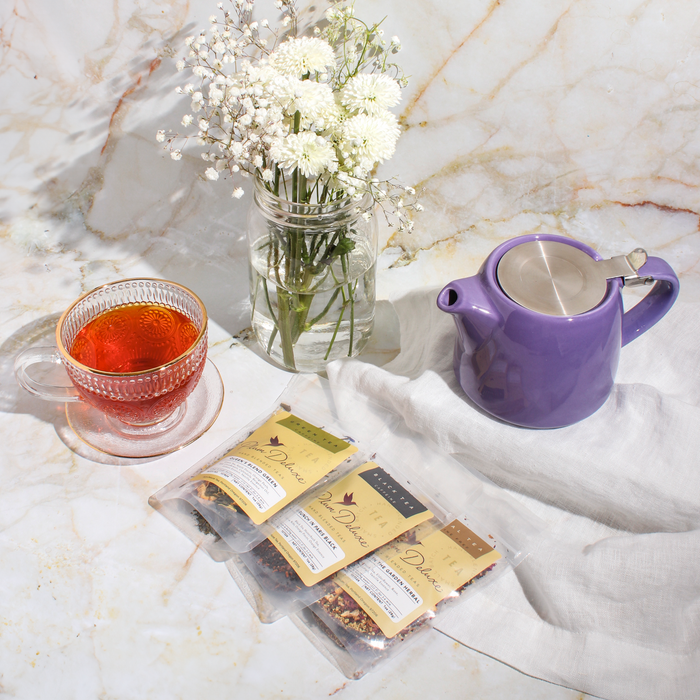
Why Use Sour Cream?
Sour cream is an excellent, often under-utilized ingredient in a baker’s arsenal. It provides lovely thickness to batters, lends a nice acidity, increases moisture, and (sometimes) supplies a gentle tang. Its high fat content and creamy texture ensure that your scones (or muffins or waffles or cupcakes) are rich, moist, and oh-so-delicious – every time.
Sour cream is ideal for scones because its high acidity activates the baking powder. Scones have a lot of baking powder – to the point where, if you’re new to baking scones, the amount in some recipes almost reads like a typo. “One tablespoon of baking powder? Surely that should be one teaspoon...” Nope. One tablespoon (or, in our case, multiple teaspoons). That extra pop of acidity from the sour cream helps the baking powder act as a leavening agent, so your scones will get a nice rise.
Sour cream is also perfect for gluten free baking. Most gluten free flours and flour blends tend to suck up a lot more moisture than traditional wheat-based flour. Sour cream provides a lush creaminess (it is sour cream, after all) that counteracts the dryness of the flour, no one would ever guess your scones aren’t chock-full of gluten.

Cinnamon Oat Sour Cream Scones
I love an elegant scone like raspberry white chocolate or apricot lavender, a savory scone like maple bacon or broccoli cheddar, a dessert scone like caramel pineapple or red velvet with cream cheese frosting – all absolutely delectable in the their place and time.
Sometimes, though, I crave a simple scone. A straightforward scone. The scones of my childhood. Enter: cinnamon oat scones. These sour cream scones are simple, straightforward, and scrumptious; because there are only a handful of ingredients, the featured flavors really have a chance to shine. The cinnamon provides comforting warmth, the oats provide a hearty body, and the sour cream, as described, provides moisture, density, and richness.
A couple of tips and tricks:
- You want your butter to be as cold as possible. This helps it to release more steam in the oven, creating lovely air pockets as it melts – and, again, giving your baked good a nice rise.
- You can store your butter in the freezer and grate it when you’re ready to toss it into your scone dough. Or, since grating a stick of frozen butter takes a little bit of time and more than a little bit of cold on your hands, you can grate your butter when it is still relatively soft, then store the grated pile in the freezer for a half an hour or so before you’re ready to use it. It gives you time to assemble the rest of your ingredients, pre-heat your oven, and brew yourself a nice cup of tea.

Tea Pairings for Sour Cream Scones
The cinnamon and oat flavors in these sour cream scones make them perfectly suited to a warm, nutty tea. Toasted Nut Brûlée, with its medley of nuts and splash of toasted vanilla, or Picard Earl Grey, with pecan, orange peel, and bergamot, would both pair beautifully.
Any tea with a hint of cinnamon would emphasize the spice in the scones while bringing their own additional nuances, depending on the notes in the tea. Caramel Almond black tea would add an extra depth of sweetness, and Spice of Life would bring a subtle citrusy zing, while Apple Cinnamon Warmth and Pears and Cinnamon herbal tea would introduce a fruity element.
Chai is a wonderful fit since the spices will beautifully complement and enhance the single note of cinnamon in the scones. A decadent chai latte paired with a delectable sour cream scone is a recipe for an ultimately indulgent afternoon. Curl up with a good book and bask!
But the absolute perfect pairing for these scones, in my opinion, is Porch Sippin’ Pecan black tea. With its simple, straightforward flavors of pecan pieces and cinnamon chips, the resulting cuppa is not too sweet, not too subtle, and may just be these cinnamon oat scones in liquid form. When I tried them together, I was blown away by how amazingly well-suited they are!
No matter which tea you choose to enjoy with them, these gluten-free sour cream scones are a simple, delicious option for breakfast, teatime, or any time you’re in the mood for a hearty cinnamon treat.

Cinnamon Oat Sour Cream Scones
Ingredients:
- 8 tablespoons (1 stick) butter, grated and frozen
- 1 and 1/2 cups gluten free flour of choice (can substitute all-purpose flour)
- 1/4 cup + 2 tablespoons brown sugar (can substitute or mix and match with white sugar or coconut sugar)
- 3/4 cup rolled oats
- 2 and 1/2 teaspoons baking powder
- 1/2 teaspoon salt
- 1 teaspoon cinnamon
- 1 cup sour cream
- 1 to 4 tablespoons milk, if necessary
- 1 tablespoon butter, melted
- Cinnamon and sugar, for sprinkling
Directions:
Grate and freeze butter, storing in freezer until just before ready to use.
Preheat oven to 375 degrees.
Combine flour, sugar, oats, baking powder, salt, and cinnamon in large bowl.
Add butter and toss with a fork until mixture is crumbly.
Add sour cream, mixing until just combined, being careful not to overwork the dough. If the dough is too crumbly and the flour does not incorporate, add a splash of milk to help bring it all together.
Turn dough onto a greased baking sheet, and form into a one-inch thick disk. Brush with melted butter, and sprinkle with cinnamon and sugar.
Cut into 8 wedges, placed slightly apart on baking sheet.
Refrigerate 15 to 30 minutes before baking (to re-chill the butter).
Bake 18 to 25 minutes, or until golden brown and set.
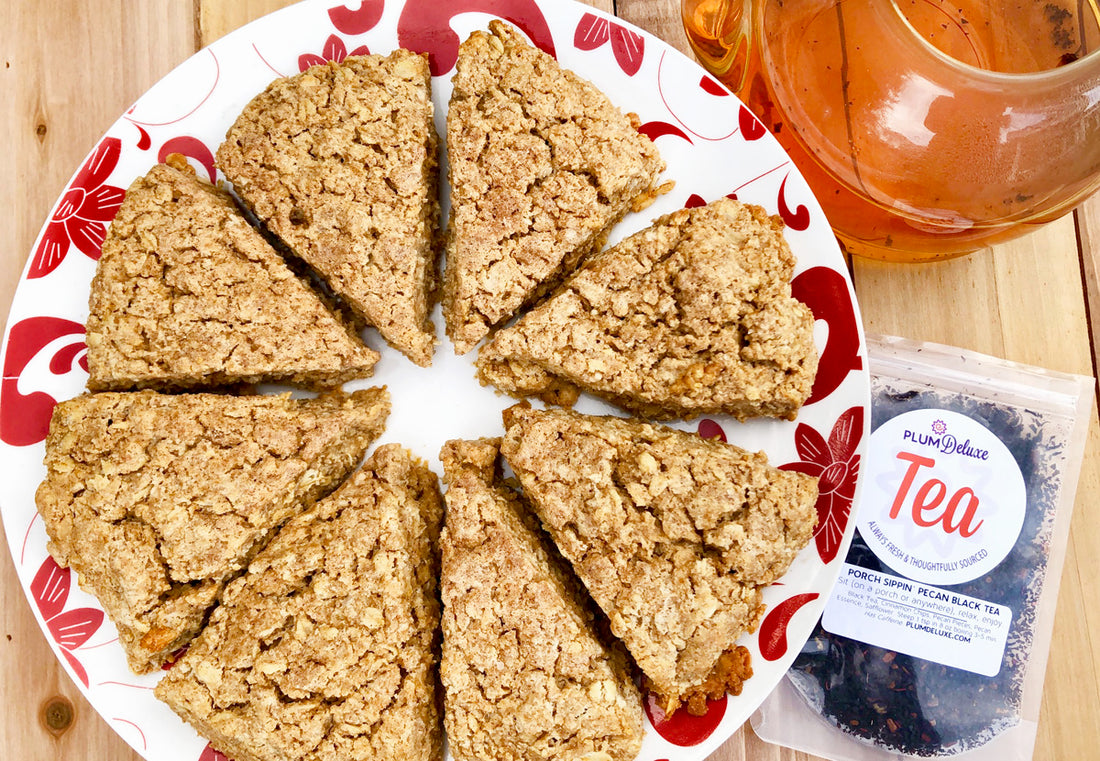
![Summer Iced Tea Variety Pack [6-Pack Variety of Flavors]](http://www.plumdeluxe.com/cdn/shop/files/summervarietypack.png?v=1713833466&width=165)


